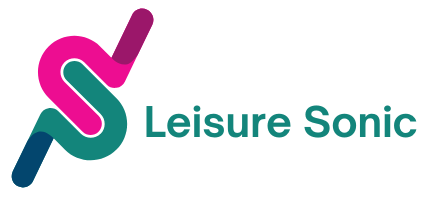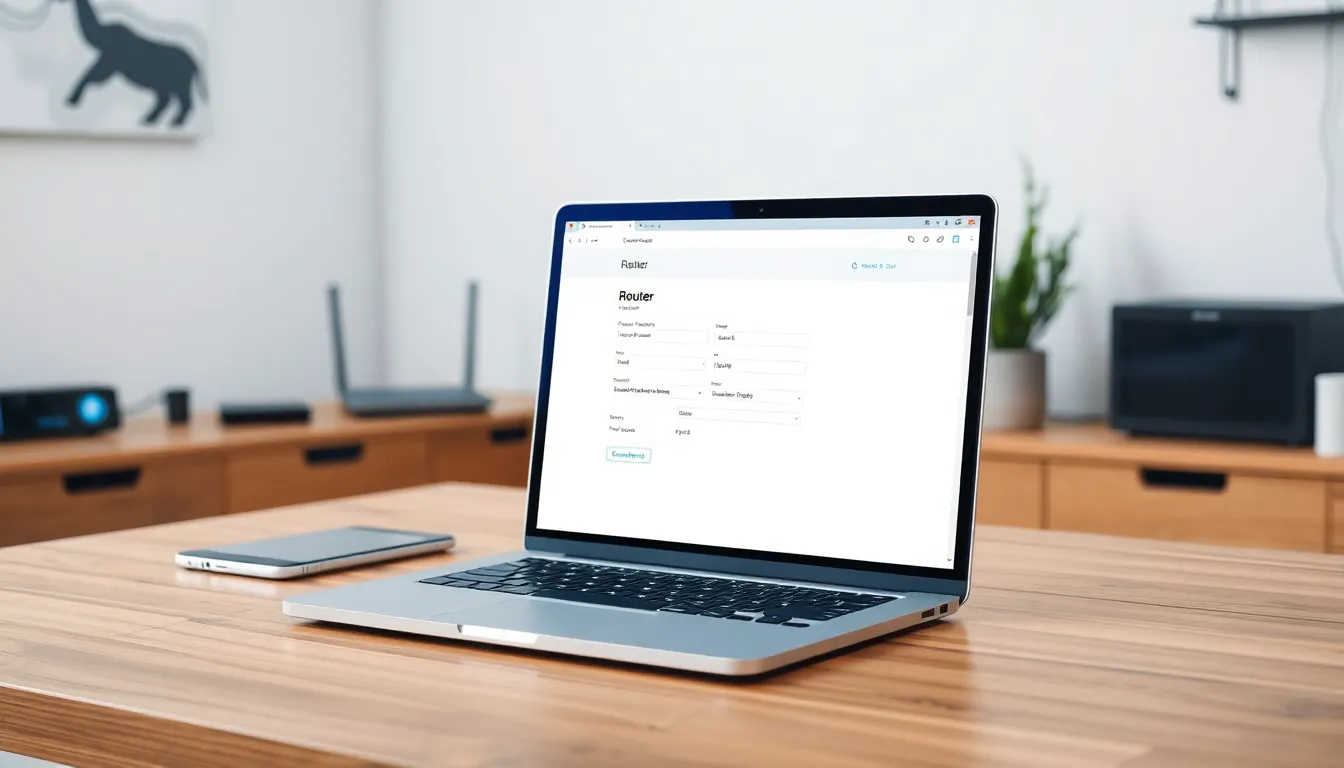Table of Contents
ToggleSaaS architecture is the unsung hero of the digital age, quietly powering the applications that make life easier, funnier, and sometimes even a little less chaotic. It’s like the secret sauce in your favorite recipe—without it, everything falls flat. As businesses increasingly shift to the cloud, understanding the ins and outs of SaaS architecture becomes essential for anyone looking to stay ahead of the curve.
Imagine a world where software updates don’t require a PhD in tech wizardry. With the right SaaS architecture, that dream becomes a reality. It’s all about scalability, flexibility, and the ability to deliver services faster than a cat meme goes viral. Dive into the fascinating world of SaaS architecture and discover how it’s transforming industries, one cloud at a time.
Overview of SaaS Architecture
SaaS architecture provides essential frameworks for delivering software applications over the internet. This model enables users to access services through web browsers, making installation and maintenance simplified. Scalability stands as a key feature of SaaS architecture, allowing businesses to expand resources as needed without significant upfront costs.
Multi-tenancy supports a single application instance, serving multiple users with effective data isolation. Each tenant operates within a secure environment, ensuring data integrity while sharing the same software resources. This structure enhances efficiency by reducing the operational burden on IT teams.
APIs play a critical role in SaaS architecture, enabling seamless integration with other software solutions. They facilitate communication between different systems, enhancing functionality and user experience. While upgrading to a new version, users often experience minimal disruption, as updates typically occur at the server level.
Security is a primary consideration in SaaS architecture. Providers implement robust measures, including encryption and compliance with industry standards, to safeguard sensitive information. Regular audits contribute to maintaining security integrity, ensuring users trust the platform with their data.
Flexibility also characterizes SaaS architecture. Users can access applications from any location with internet connectivity, providing significant mobility for remote teams. Monthly or annual subscription models align with business needs, allowing for budgetary control and predictability.
SaaS architecture stands as a revolution in software delivery. By emphasizing accessibility, security, and adaptability, it meets the evolving demands of modern businesses. Understanding these components enhances their ability to leverage SaaS effectively.
Key Components of SaaS Architecture

SaaS architecture consists of several key components that work together to deliver robust software services over the internet. Understanding these components helps businesses leverage SaaS effectively.
Frontend Architecture
Frontend architecture focuses on the user interface and experience. It involves design elements that users directly interact with, such as layouts, navigation, and visual components. Developers utilize frameworks like React and Angular to build responsive applications. Accessibility and usability play essential roles in frontend development, ensuring all users can effectively engage with the software. Furthermore, performance optimization techniques enhance load times, contributing to improved user satisfaction.
Backend Architecture
Backend architecture handles data processing and server management. It consists of servers, application logic, and APIs that facilitate communication between the client and the server. Developers use programming languages like Python and Node.js, enabling flexible and scalable backend solutions. Serverless architectures are becoming popular, reducing maintenance overhead and optimizing resource management. Additionally, microservices can enhance scalability by breaking applications into smaller, manageable services that integrate seamlessly.
Database Architecture
Database architecture stores and manages data effectively. It utilizes relational and non-relational databases, depending on the application requirements. SQL databases like PostgreSQL support structured data, while NoSQL databases like MongoDB cater to unstructured data needs. Scalability and data integrity are critical considerations, ensuring seamless access and reliable performance. Data security mechanisms, such as encryption and access controls, protect sensitive information while maintaining compliance with regulations.
Benefits of SaaS Architecture
SaaS architecture offers numerous advantages that enhance business operations and application performance. Three primary benefits include scalability, cost-effectiveness, and accessibility.
Scalability
Scalability stands as a defining feature of SaaS architecture. Businesses can adjust resources based on demand, allowing for growth without substantial infrastructure investment. Providers typically manage scaling, ensuring applications run smoothly during peak usage. Users access enhanced performance during critical times, like product launches or seasonal events. With this flexibility, companies streamline operations while maintaining user satisfaction.
Cost-Effectiveness
Cost-effectiveness plays a crucial role in the adoption of SaaS solutions. Organizations minimize upfront costs associated with traditional software deployment by opting for a subscription-based model. This approach alleviates concerns over maintenance and upgrades, as providers handle these tasks. Companies benefit from predictable budgeting, allowing for better financial planning. Furthermore, reducing the need for extensive IT resources enables teams to focus on core business functions, maximizing productivity.
Accessibility
Accessibility enhances the appeal of SaaS architecture. Teams can access applications from anywhere with internet connectivity, fostering collaboration among remote and on-site employees. This feature promotes real-time updates, allowing users to work without disruptions. Multiple devices, including desktops, tablets, and smartphones, support seamless access to software, enabling a more flexible work environment. Enhanced accessibility ultimately contributes to higher productivity and employee satisfaction.
Challenges of SaaS Architecture
SaaS architecture presents several challenges that organizations need to address for successful implementation.
Security Concerns
Security remains a critical focus for SaaS applications. Providers must implement stringent measures to protect user data from breaches, vulnerabilities, and cyber threats. Regular audits and compliance with regulations enhance security assurance. Data encryption, both in transit and at rest, mitigates risks effectively. Multi-factor authentication adds an additional layer of protection. Threat detection systems must respond quickly to attacks, ensuring customer data remains secure. Continuous monitoring of access controls and user behavior helps identify potential risks. Organizations should also conduct risk assessments periodically to evaluate their security posture.
Downtime and Reliability
Downtime poses a significant threat to user productivity and can damage an organization’s reputation. Reliability hinges on the infrastructure supporting SaaS applications; consequently, it requires strategic investment. Providers typically offer service level agreements outlining uptime commitments, often aiming for 99.9% availability or higher. Backup systems and redundant data centers ensure business continuity during outages. Automatic failover mechanisms play a crucial role in minimizing service interruptions. Monitoring tools should alert teams to performance issues promptly, allowing for quick resolution. Engaging in detailed incident response planning prepares organizations for unexpected service disruptions.
SaaS architecture stands at the forefront of technological innovation. Its ability to provide scalable and cost-effective solutions makes it an essential choice for businesses aiming to thrive in a competitive landscape. With enhanced accessibility and robust security measures, organizations can confidently embrace cloud-based applications.
As industries continue to evolve, understanding the intricacies of SaaS architecture will empower businesses to leverage its full potential. By navigating the challenges and maximizing the benefits, companies can ensure they remain agile and responsive to market demands. Embracing this architectural model not only streamlines operations but also fosters collaboration and drives growth in an increasingly digital world.





